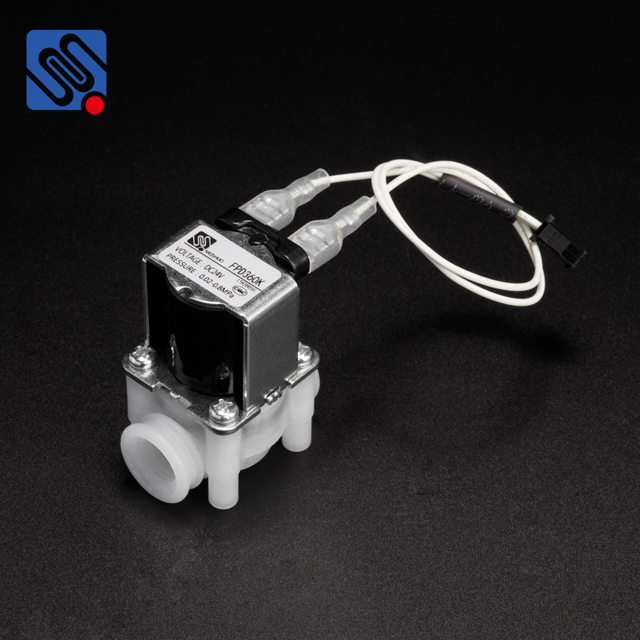Water treatment systems are essential for ensuring safe and clean water for human consumption, agricultural use, and industrial applications. In these systems, the control of water flow is critical for maintaining efficiency, reducing waste, and ensuring that the process runs smoothly. One of the key components used in such systems is the Water Treatment System Solenoid Valve. This article explores the role of solenoid valves in water treatment systems, their operation, benefits, and applications.

What is a Solenoid Valve? A solenoid valve is an electromechanical device that controls the flow of liquids or gases through a pipe or tube. It consists of a coil, an electromagnet, a valve body, and a plunger or diaphragm. When an electrical current flows through the coil, it creates a magnetic field that moves the plunger or diaphragm, opening or closing the valve. This action allows the solenoid valve to control the flow of water, regulating various processes in water treatment systems. The Importance of Solenoid Valves in Water Treatment In water treatment systems, solenoid valves are used for controlling water flow, regulating pressure, and ensuring that water treatment processes occur in a controlled manner. These valves are particularly important in systems that require automation, as they allow for precise and reliable control of water flow without the need for manual intervention. By automating water flow, solenoid valves reduce human error, enhance efficiency, and improve overall system reliability.